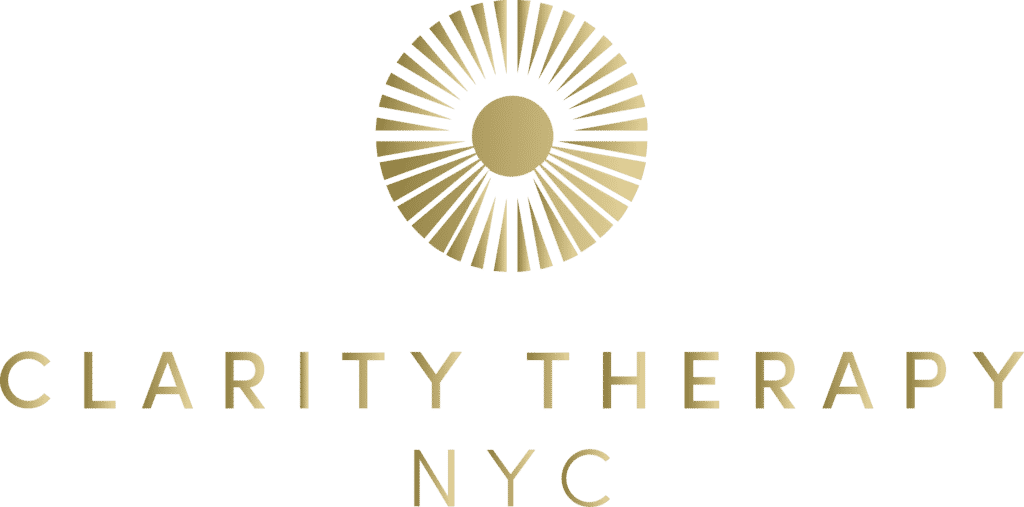Do you want to understand how licensed therapists can explore topics related to psychedelic healing with you?
Many people are familiar with the term ‘harm reduction’, especially in the context of substance use. However, less are aware that this concept has expanded beyond addressing addiction, and now has important implications for the emerging field of psychedelic-assisted therapy. If you’re here because you are looking into the power of psychedelics for healing and self-growth, then keep reading to gain a better understanding of how psychedelic harm reduction can support your journey.
What is Harm Reduction?
At its core, harm reduction means exactly what it sounds like – taking deliberate action to reduce harm and mitigate risk. This term was popularized by mental health and social justice advocates who recognized that the abstinence-only model of treating disordered substance use was not proving to be effective for a large percentage of people seeking treatment. Furthermore, promoting only abstinence-based approaches perpetuates the stigma associated with substance use. Stigma usually involves taking a moral stance against something, and shaming an individual if they are not aligned with the morally “correct” choice.
People who feel the effects of stigma may experience intense shame that does not stop their substance use behaviors, only hides it from the view of others. In doing so, people are more likely to use substances in a risky or harmful way. In my sessions with clients, they often express feeling relieved that they can be honest about their substance use, and admit that there are few other environments where they can talk about substance use behaviors so candidly and still receive non-judgmental, empathetic support.
What does a Harm Reduction Model Do?
The harm reduction model helped medical and mental health professionals incorporate the reality that drugs are available and being used despite laws and guidelines trying to control their spread and ingestion. Harm reduction also highlights and respects an individual’s autonomy, which is something that everyone deserves when receiving care. Harm reduction approaches are now used to promote safer sex, reduce the transmission of viruses through intravenous drug use, and decrease the number of drug (especially opioid) overdoses.

Psychedelics and non-ordinary states of consciousness can support the reduction of symptoms associated with common mental health disorders, as well as the existential distress that may be part of being human.
Emerging Evidence Related to an Increase in Psychedelic Use and Psychotherapy
Unlike substances such as heroin, cocaine, and alcohol – that facilitate the numbing out and avoidance of painful feelings and memories – psychedelics appear to be being used more than ever by individuals to confront and overcome the uncomfortable and challenging aspects of their experience. An ever-growing body of academic research is consistently showing that psychedelics and non-ordinary states of consciousness can support the reduction of symptoms associated with common mental health disorders, as well as the existential distress that may be part of being human.
What is the Research on Psychedelic-Assisted Therapy?
Psychedelic-assisted therapy that is done in research settings, or with regulated substances such as ketamine, is legal and rigorously controlled. However, we know that people also use psychedelics in other settings such as spiritual or religious ceremonies, or even in more casual settings, such as with a group of friends or alone. In all of these environments, people are turning to psychedelics because they are seeking meaningful healing and transformation. In a society where people continue to have unmet needs around their mental health and well-being – especially following the COVID-19 pandemic, curiosity, rather than moral judgment, is a valuable tool to examine the possibility of psychedelic medicine to meet those needs. We can turn towards psychedelic harm reduction for a better framework to understand and work with all possible choices that people might make regarding their psychedelic use.
Following the COVID-19 pandemic, curiosity, rather than moral judgment, is a valuable tool to examine the possibility of psychedelic medicine.

What is the goal of psychedelic harm reduction?
Psychedelic harm reduction is a theoretical approach for conceptualizing and working with individuals who choose to use psychedelics. The goal of psychedelic harm reduction is to decrease the risk of negative physical and psychological outcomes, and increase the likelihood of positive outcomes and benefits. Psychedelic Harm Reduction and Integration (PHRI) is a clinical model created by Ingmar Gorman, Elizabeth Nielson, and other members of their team at Fluence, an organization that emphasizes psychedelic research and education. (The value of psychedelic integration in therapy was covered in a previous blog post, so this entry will maintain the spotlight on psychedelic harm reduction.)
How are Therapists Using Psychedelic Harm Reduction in Therapy?
Using psychedelic harm reduction in therapy allows the clinician to honor several key aspects of the therapeutic process. First and foremost, respecting a person’s autonomy and ability to make their own decisions is a crucial part of creating a safe and productive therapeutic relationship. Many popular therapy modalities focus on creating a non-judgmental, non-directive container in which healing occurs. Another aspect of psychotherapy that can be strengthened by the psychedelic harm reduction model is the opportunity to provide psychoeducation, which is the intentional teaching and transfer of clinical knowledge from therapist to client.
What are the risks of Psychedelic-Assisted Therapy?
Psychoeducation is not always an intervention in therapy, but it is crucial for supporting safety within psychedelic-assisted therapy. There are risks associated with using psychedelics, or even attempting non-ordinary states of consciousness through something like breathwork, and not everyone is aware of these risks. As a licensed psychotherapist, I use my clinical knowledge and training to provide objective information about psychedelics, and create a supportive space for the client to consider their options and make an informed decision.
In my sessions with clients, they often express feeling relieved that they can be honest about their substance use, and admit that there are few other environments where they can talk about substance use behaviors so candidly and still receive non-judgmental, empathetic support.
Psychedelic harm reduction sometimes also looks like discouraging a decision that carries higher levels of risk, or connecting clients with resources that will help them determine how a choice related to their treatment affects them uniquely. For example, when I am supporting a client through the preparation phase of psychedelic integration therapy, I make sure to inform a client about how a psychedelic substance they are considering taking might interact with a medication they are currently prescribed.
Risks of Psychedelic-Assisted Therapy should always be candidly discussed with the client.This might look like considering other options for their psychedelic journey, or consulting with a psychiatrist for an assessment and possible medication management services. Without this frank and honest discussion, the client would risk ingesting a substance that could be a dangerous combination with their medication.
The goal of psychedelic harm reduction is to decrease the risk of negative physical and psychological outcomes, and increase the likelihood of positive outcomes and benefits.

Embracing the power of psychedelic harm reduction
Clients and clinicians who embrace the psychedelic harm reduction model are embracing the reality that psychedelics are, and will continue to be something that people seek out for healing purposes. In my experience as a Licensed Mental Health Counselor in New York, this type of authenticity is deeply appreciated by my clients, and supports them getting the maximum benefit out of therapy. In addition to upholding safety, helping clients get the most out of their treatment is something I will always value as a therapist.
Psychedelic harm reduction, and psychedelic integration therapy can be combined with regular “talk therapy” as well as other modalities such as Accelerated Resolution Therapy, EMDR, Internal Family Systems, and more. Psychedelic harm reduction is one more way to customize the therapy you receive to your individual needs and circumstances.
If you’re interested in learning more about how psychedelic harm reduction can help you reach your goals in therapy, you can book a complimentary 30-minute consultation with me today.




